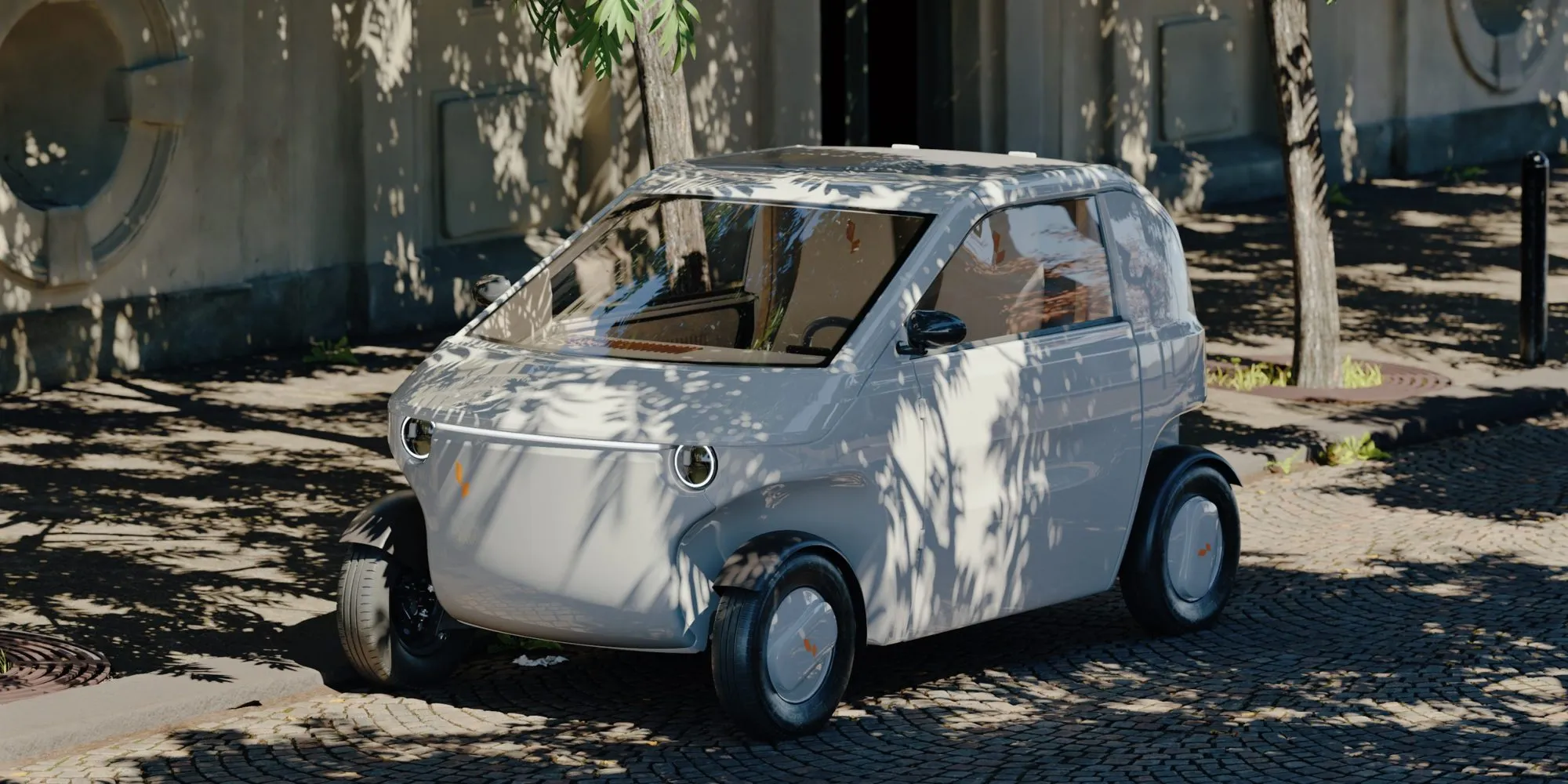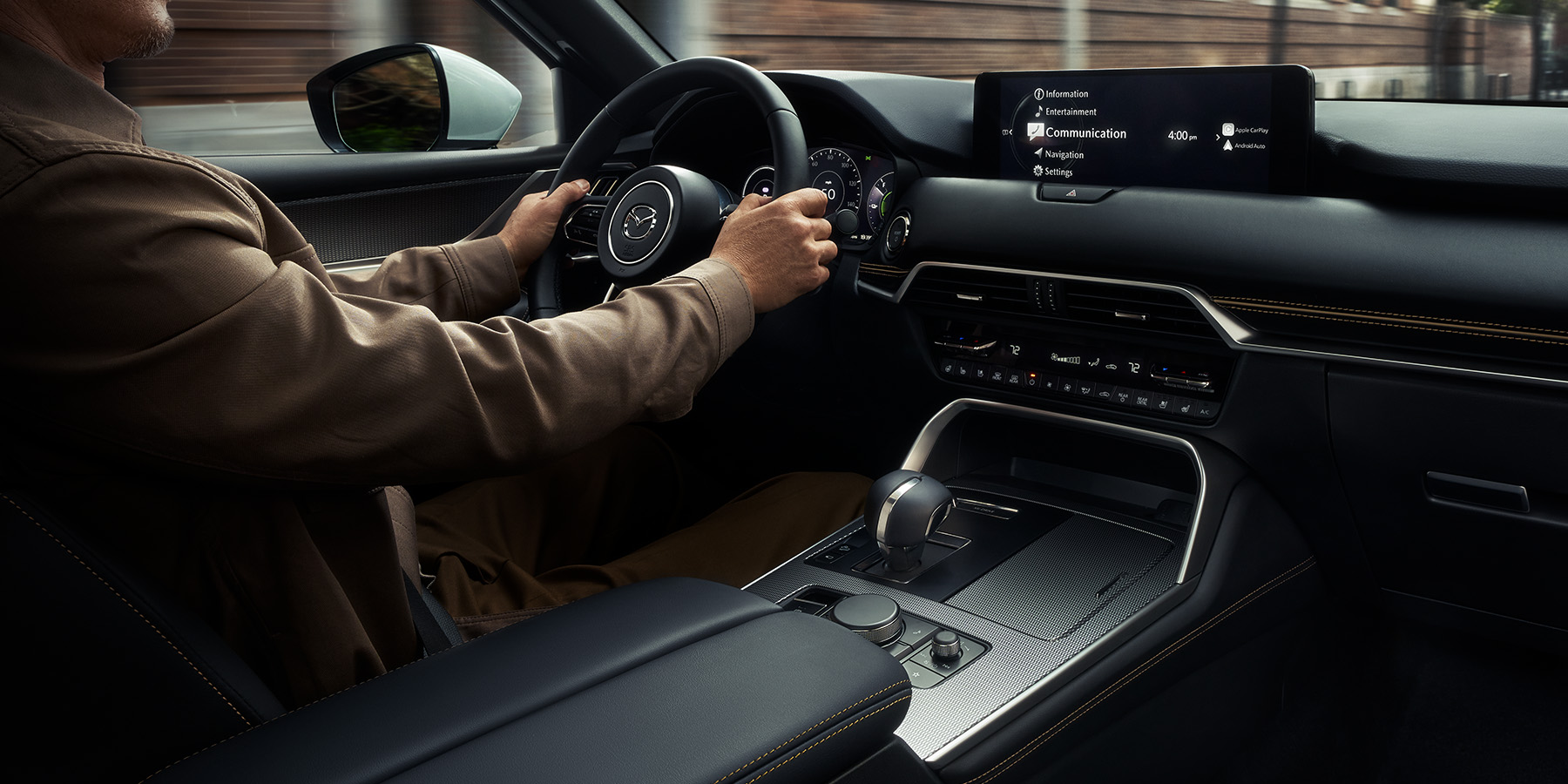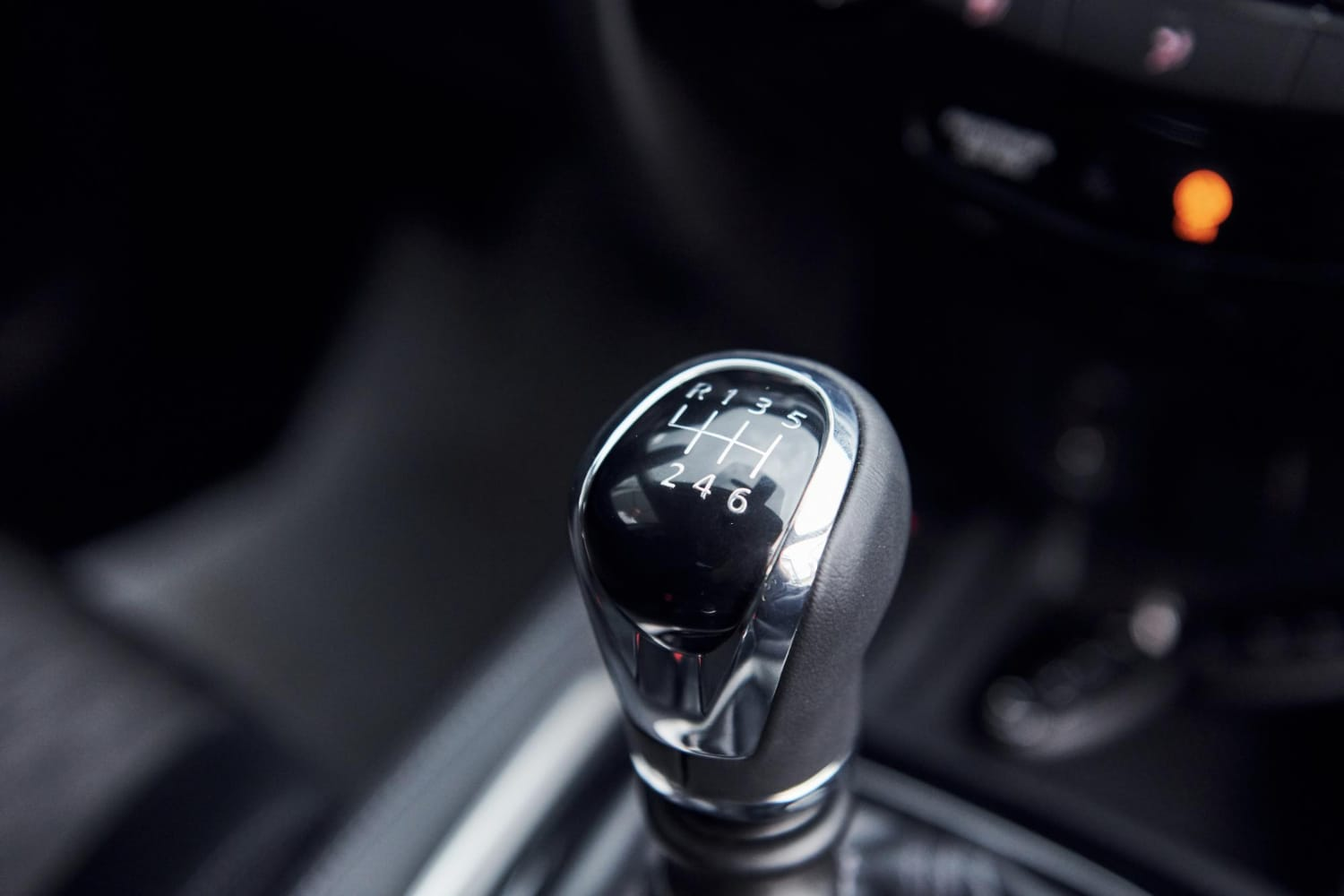
In the bustling environments of modern cities, where space is limited and traffic congestion is a daily challenge, microcars emerge as an ideal solution. These compact vehicles, designed for urban living, offer a unique blend of efficiency, maneuverability, and environmental friendliness. Microcars, typically smaller than conventional cars, provide practical benefits that make them well-suited for city dwellers seeking convenience and sustainability.

One of the most significant advantages of microcars is their compact size. Measuring less than 10 feet in length, these vehicles can easily navigate narrow city streets, fit into tight parking spaces, and weave through heavy traffic with ease. This makes them perfect for urban environments where parking is at a premium and roads are often crowded. The ability to park in spaces too small for regular cars is a game-changer for city residents who frequently struggle to find parking.
Efficiency is another hallmark of microcars. Due to their lightweight construction and smaller engines, microcars typically achieve excellent fuel economy. Many models can deliver upwards of 50 miles per gallon, significantly reducing the cost of fuel for city driving. This not only saves money for the owner but also contributes to lower overall emissions, making microcars an environmentally friendly choice. Additionally, some microcars are electric, offering zero-emission driving and further reducing the carbon footprint.
Microcars also shine in terms of affordability. Their smaller size and simpler design often result in lower manufacturing and purchase costs. This makes them an attractive option for budget-conscious consumers who need reliable transportation without the high price tag of larger vehicles. Maintenance and insurance costs are also generally lower for microcars, providing further financial benefits over time.

Despite their small stature, many modern microcars are designed with comfort and safety in mind. Manufacturers have equipped these vehicles with advanced safety features such as airbags, anti-lock braking systems, and stability control to ensure that drivers and passengers remain protected. Inside, clever design solutions maximize space, offering surprising levels of comfort and convenience. Features like foldable rear seats and smart storage compartments make the most of the available interior space, allowing for flexibility in transporting passengers and cargo.
Microcars also contribute to reducing urban congestion. By occupying less space on the road and in parking areas, they help alleviate the pressure on city infrastructure. This can lead to smoother traffic flow and reduced travel times for all road users. Moreover, as cities around the world grapple with pollution and air quality issues, the adoption of microcars—especially electric models—can play a significant role in improving the urban environment.
The appeal of microcars extends beyond practicality and efficiency. They often embody a quirky, fun aesthetic that resonates with urban drivers looking for something unique. Models like the Smart Fortwo, Fiat 500, and the iconic Mini Cooper have become symbols of chic city living. Their distinctive designs and vibrant colors add a touch of personality to the daily commute, making driving in the city a more enjoyable experience.
In conclusion, microcars offer a compelling solution for city living by combining compact size, efficiency, affordability, and environmental benefits. Their ability to navigate urban landscapes with ease, coupled with their lower operating costs and reduced environmental impact, makes them an excellent choice for modern city dwellers. As urban centers continue to grow and evolve, the role of microcars in providing sustainable and practical transportation solutions is likely to become even more significant. These pint-sized powerhouses prove that good things do come in small packages, especially when it comes to urban mobility.





